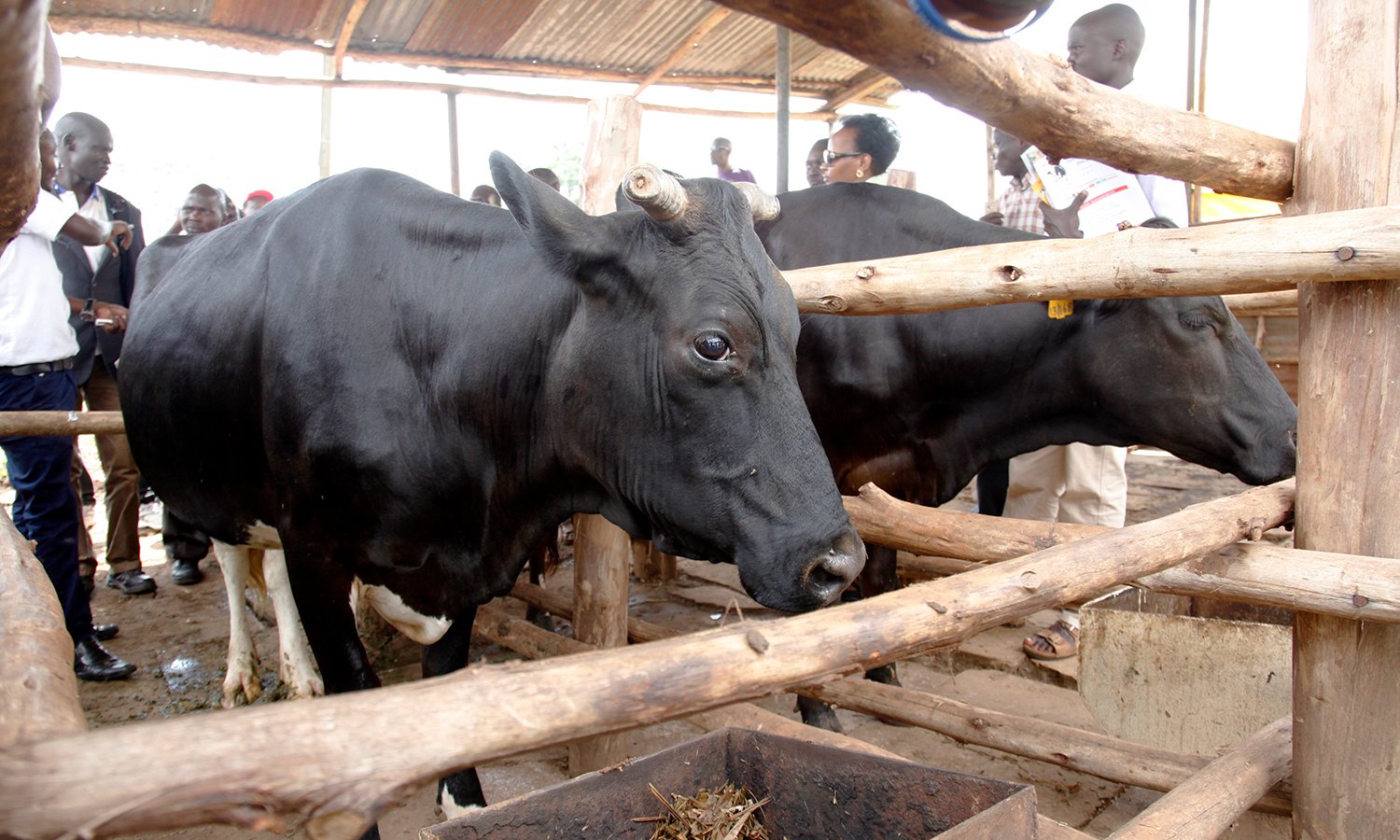Prime
The farmers’ duty to feed livestock

Dairy cattle feed on a farm.
What you need to know:
- It is upon the farmer to ensure that there is enough nutritious fodder for the cow.
- In many cases animals are allowed to graze in open areas under the watch of the herdsman but there ought to be a wide variety of grass and legume species.
Farmers are not so kind to other living things. They tie or imprison livestock such as goats, cattle, and poultry denying them their freedom to move about. In some cases they castrate the male livestock and deny them conjugal rights. They control their reproduction.
It is the farmers who decide whether the females will conceive by artificial insemination or otherwise. Farmed animals are always kept in enclosures or driven by humans where they must be.
Mankind has always regarded livestock as human food. He eats their meat and eggs and he drinks their milk and blood. Eventually their life is ended by the same human beings that have always laboured to keep them alive and protected. In a similar way, farmers are in constant battle with some plants and very protective of others which they need as food or as materials for work and economic gain.
For as long as you have undertaken to keep an animal like a cow it is your duty to keep it well fed and in good health. Some people grow fodder grass and preserve it in the form of hay or silage which they sell to farmers that keep cattle under zero-grazing.
It is upon the farmer to ensure that there is enough nutritious fodder for the cow. In many cases animals are allowed to graze in open areas under the watch of the herdsman but there ought to be a wide variety of grass and legume species.
The forage plants should be sufficient to feed a large number of animals. Forage should also be resilient to drought conditions.
There should also be a permanent source of clean water for the animals to drink. Some plants are not normally eaten by cows. Such grass species must be removed. Some grass species are even poisonous.
The farmer must try as much as possible to keep away dangerous wild animals, reptiles, and intruders.
This is best done by fencing. You may also make paddocks so that your animals rotate from one area to another to give time to grass in one area to grow when the animals are grazing in another paddock. Don’t allow water logging in the grazing ground of your animals.
It is good to control the growth of grass by occasional slashing to avoid thick canopy. Give room for new grass and legumes to sprout. Beware of bush fires.




